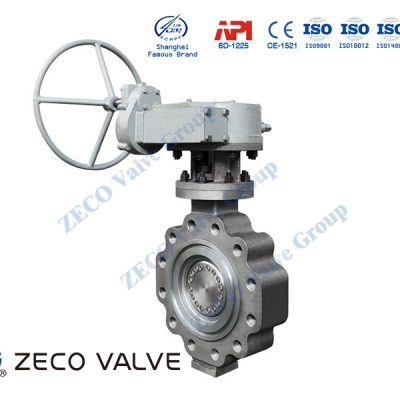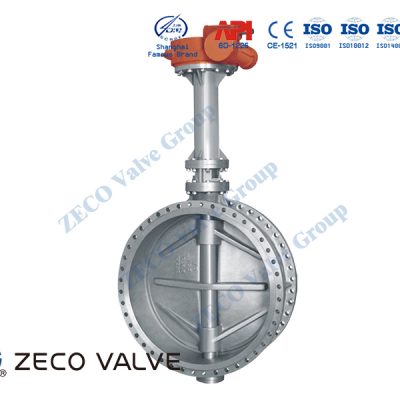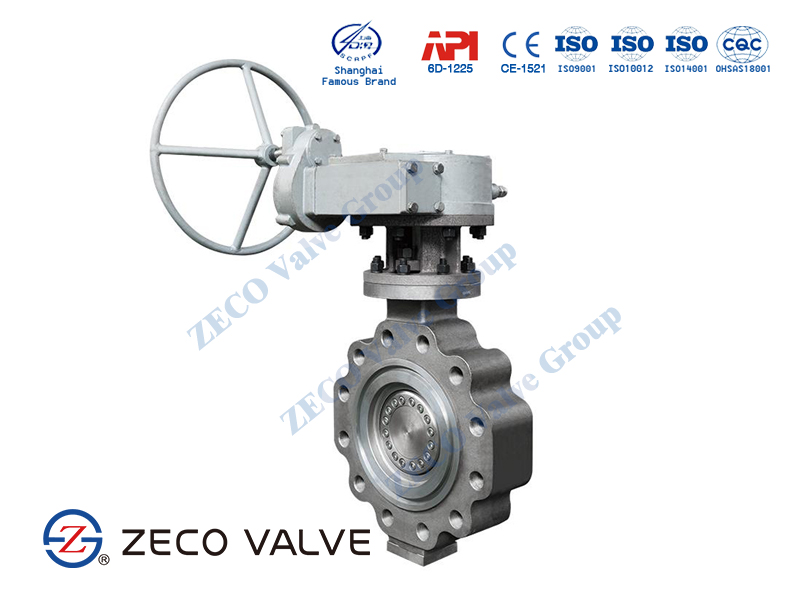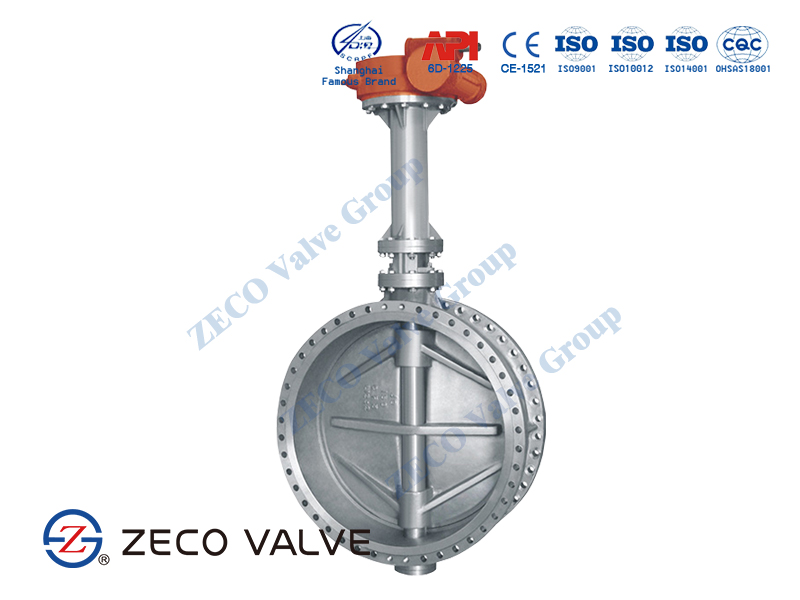Butterfly Valve Material
There is various kind of materials available for butterfly valve to suit the requirement of different application, such as A216 WCB, A216 WCC, A217 WC6, A217 WC9, and so on. According to our rich experience and industry needs, we select the proper material to produce butterfly valves. Currently, we mainly supply stainless steel butterfly valves and cryogenic butterfly valves. You may click the product to get more details.
Butterfly Valves for Sale List by Material
Introduction of Butterfly Valve Material
A216 WCB and A216 WCC are commonly used materials for the butterfly valve bodies and disc, they are suitable for water, oil, gas, steam, and other non-corrosive media, some times they can also be used for sour service after disposing of NACE MR-01-75 or NACE MR-01-03 and consider corrosion allowance in. It should be noticed that they are not suitable for low-temperature below -29℃ and high-temperature over 425℃.
WCC Valve Body
Grade WCC is covered by ASTM A216 standard, which specification covers carbon steel castings for valves, fittings, flanges, and other pressure-containing parts for high-temperature service and the quality required for assembly with other castings or wrought steel parts by fusion welding.
A217 WC6 and A217 WC9 are usually used for high-temperature applications, usually, the medium is high-temperature steam or hot air, for such applications, the valve is with metal to metal seat or SS+Graphite seat ring. In order to achieve tight shut-off, these valves are usually of a triple eccentric design.
WC6 Valve Body
ASTM A217 Gr. WC6 Valves are made up of WC6 material. The specification ASTM A217 includes a low alloy steel group of molybdenum and chromium molybdenum steels. The WC6 material is 1 ¼ chromium ½ molybdenum steel.
A352 LCB and A352 LCC are usually used for low-temperature applications, usually, the medium is of low-temperature but over -46℃ or the valve is installed outdoors in an area of a cold environment. But these materials can not be used for high-temperature over 345℃.
A351 CF8, A351 CF8M, A351 CF3, and A351 CF3M, these austenitic stainless steel that is anti-rust and anti-corrosion, suitable for the medium of various kinds of acid. They also perform great for low-temperature and high-temperature applications but their cost of them is much higher than carbon steel.
Aluminum-bronze like B148 C95500 and B148 C95800 are perfectly suitable for seawater application. Al-Bronze butterfly valve is widely used in offshore applications and seawater pipelines. Because the cost of it is high, a big-size butterfly valve usually uses as a disc material for centerline design.
Duplex Steel A890 4A, A890 5A, SAF2205, S31803 and super duplex steel A890 6A, SAF2507, and S32750 have similar application range of Al-Bronze, they have good resistance to chloride corrosion, so they are widely used for seawater application and produced water application.
What is a Seat On a Valve?
Essentially, a valve seat is where the moving component of a valve rests when in the closed position. In butterfly valve applications, the disc rests securely on the seat to close and seal the valve. Seats are designed to keep the seal intact despite the thermal, friction, and impact stresses of a process.
Introduction of Butterfly Valve Seat Material
The valve seat is a detachable part inside the valve. Its main function is to support the valve core to be fully closed or fully closed and to form a sealing pair. Under normal circumstances, the diameter of the valve seat is the size of the valve. The butterfly valve seat is made of a wide range of materials, but the commonly used materials include soft-seal EPDM, nitrile rubber (NBR), polytetrafluoroethylene (PTFE), and metal hard-seal hard alloy materials. kind. Let’s introduce them one by one below.
- EPDM: Compared with other general-purpose rubbers, EPDM has great advantages.
- The cost performance is very high. Among the commonly used rubbers, EPDM has the lightest raw rubber density and can be filled in a large amount, reducing the cost of the rubber.
- EPDM material is resistant to aging, sun exposure, heat resistance, moisture resistance, and radiation resistance, and is suitable for weak acid and weak alkali media. Good insulation properties.
- The applicable temperature range can be as low as -40℃–60℃, and it can be used for a long time under the temperature condition of 130℃.
- Nitrile rubber (NBR): oil resistance, heat resistance, abrasion resistance and good water resistance, air tightness, and excellent bonding properties. It is widely used in petroleum pipelines. The disadvantage is that it is not resistant to low temperatures, ozone, poor insulation performance, and general elasticity.
- Polytetrafluoroethylene (PTFE): A fluoroplastic, this material has strong resistance to acids, alkalis, and various organic solvents. At the same time, the material is resistant to high temperatures and can be used continuously at 260°C, and the maximum use temperature can reach 290-320°C. The emergence of PTFE has successfully solved many problems in the chemical, petroleum, pharmaceutical, and other industries.
- VITON (V): Rated for temperatures 0°F to 300°F. Viton is an E.I. DuPont trademark. Flour is 3M’s trademark for the equivalent fluorocarbon elastomer. This material offers higher temperature resistance and outstanding chemical resistance. It is resistant to hydrocarbon products and mineral acids, both dilute and concentrated solutions. However, it is never to be used in steam applications and is relatively poor in water service.
- Metal hard seal (hard alloy): The material of the metal hard seal valve seat has very good high temperature and high-pressure resistance, corrosion resistance, wear resistance, and other characteristics, which makes up for the defects of soft seal material that is not resistant to high temperature and high pressure. However, the hard seal material has high requirements on the processing technology. The only disadvantage of the metal hard seal valve seat is that the sealing performance is poor, and leakage will occur after a long time of operation.
What Type of Material Should I Use?
Some butterfly valve seat characteristics overlap with others. Below is a side-by-side comparison of these materials.
EPDM vs BUNA
EPDM is resistant to alkalis, acids, and ketones. EPDM is not suitable for applications that involve petroleum-based fuels, oil, and non-polar solvents, but BUNA is.
While both EDPM and BUNA are abrasion and tear-resistant, EDPM is more heat-resistant than BUNA. When comparing EDPM vs BUNA, EDPM is better for outdoor applications as it stands up to elements.
VITON VS BUNA
VITON and BUNA are both compression set resistant and endure most oils, lubricants, and petroleum-based materials.
When comparing VITON vs BUNA, the main difference is temperature resistance. VITON maintains a seal with temperatures about 150° hotter than BUNA would. However, BUNA can maintain a seal in much colder temperatures than VITON.
VITON stands up better for outdoor elements than BUNA, but BUNA is considered to be better for heavy-duty industrial applications.
EPDM VS PTFE
EPDM is a monomer and PFTE (Teflon) is a fluoropolymer. When comparing EPDM vs PFTE, temperature tolerance and flexibility are the main differences. PTFE can withstand a wider range of temperatures of both cold and hot extremes.
EPDM is a tear-resistant rubber that endures repetitive motion, whereas PFTE is inelastic. PTFE is ideal for petroleum processes while EPDM is suited for HVAC applications.






